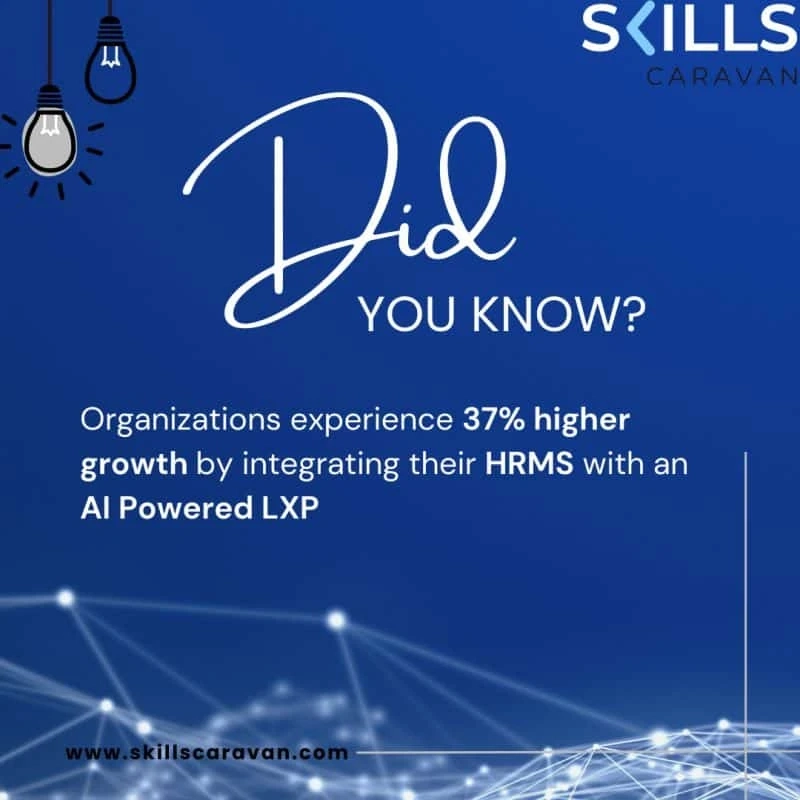In today’s dynamic business environment, organizations must constantly evolve to stay competitive. One crucial aspect of this evolution is ensuring that employees possess the necessary skills to meet organizational goals. A skills gap, or the difference between the skills an organization needs and the skills its employees currently have, can significantly impact productivity and growth. Conducting a thorough skills gap analysis is essential for identifying and addressing these deficiencies effectively.
What is a Skills Gap?
A skills gap refers to the disparity between the skills required to perform a job effectively and the actual skills possessed by employees. This gap can manifest in various forms, including technical skills, soft skills, and industry-specific knowledge. Identifying and addressing skill gaps is vital for ensuring that the workforce is equipped to handle current and future challenges.
Importance of Skills Gap Analysis
A skills gap analysis is a systematic process used to identify the skills needed within an organization and compare them with the existing skills of employees. This analysis helps in pinpointing areas where there are deficiencies and provides a foundation for developing targeted training and development programs. Here’s a step-by-step approach to conducting a skills gap analysis:
Identify Key Skills: The first step is to identify the critical skills necessary for achieving organizational objectives. These skills may vary across different departments and roles, encompassing both technical and soft skills.
Assess Current Skills: Once the key skills are identified, the next step is to evaluate the current skill levels of employees. This can be done through various methods, such as self-assessments, manager evaluations, and performance reviews. Gathering comprehensive data on existing skills is essential for accurate analysis.
Compare Skill Levels: After assessing the current skills, the next step is to compare them with the desired skill levels. This comparison helps to identify specific areas where skill gaps exist. For instance, if a particular department requires advanced data analysis skills but employees possess only basic knowledge, this indicates a significant skill gap.
Prioritize Skill Gaps: Not all skill gaps are equally critical. Prioritizing the gaps based on their impact on organizational performance is essential. Skills that directly influence key business outcomes should be addressed first to ensure the organization remains competitive and efficient.
Strategies to Address Skill Gaps
Once skill gaps are identified through a skills gap analysis, organizations can implement various strategies to bridge these gaps effectively:
Training and Development Programs: One of the most effective ways to address skill gaps is through targeted training and development programs. These programs can be designed to enhance specific skills identified during the analysis. Providing employees with opportunities to upskill and reskill ensures they stay relevant in their roles.
Mentorship and Coaching: Mentorship and coaching programs can help employees develop new skills and improve existing ones. Pairing less experienced employees with seasoned professionals allows for knowledge transfer and practical learning experiences.
Recruitment and Hiring: In some cases, it may be necessary to hire new talent to fill critical skill gaps. Recruiting individuals with the required skills can bring fresh perspectives and expertise to the organization.
Utilizing Technology: Leveraging technology and tools can also aid in addressing skill gaps. For instance, implementing learning management systems (LMS) can provide employees with access to online courses and training modules, facilitating continuous learning and development.
Conclusion
Conducting a comprehensive skills gap analysis is crucial for maintaining a skilled and competitive workforce. By identifying deficiencies and implementing targeted strategies to address them, organizations can enhance employee capabilities, drive success, and remain competitive in an ever-evolving business landscape. Embracing a proactive approach to skills gap analysis ensures that the workforce is agile, adaptable, and well-equipped to meet future challenges.



